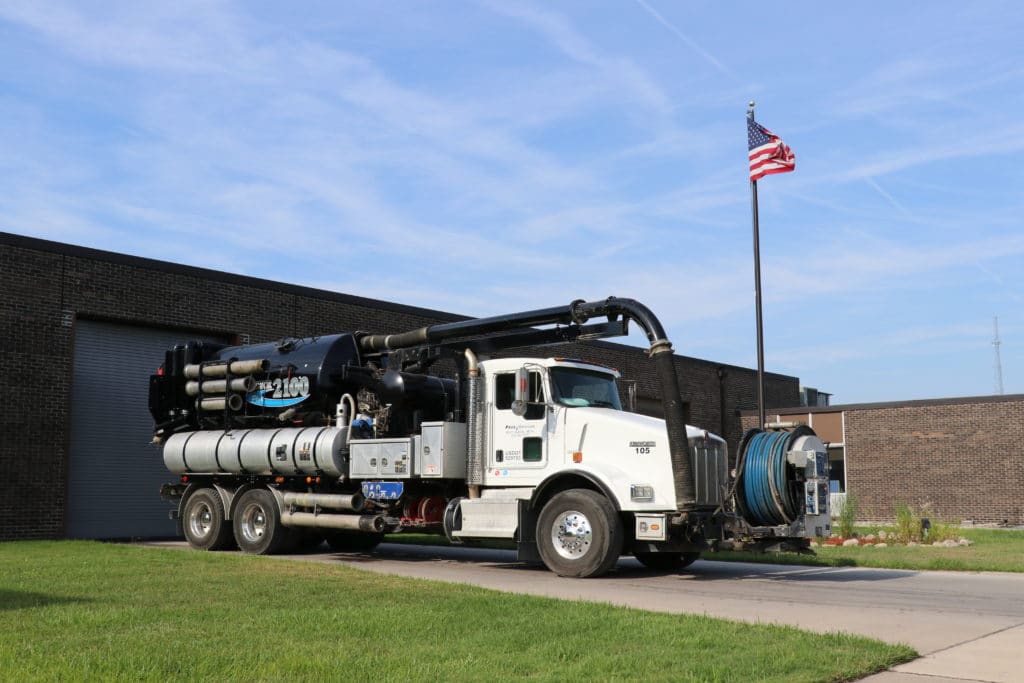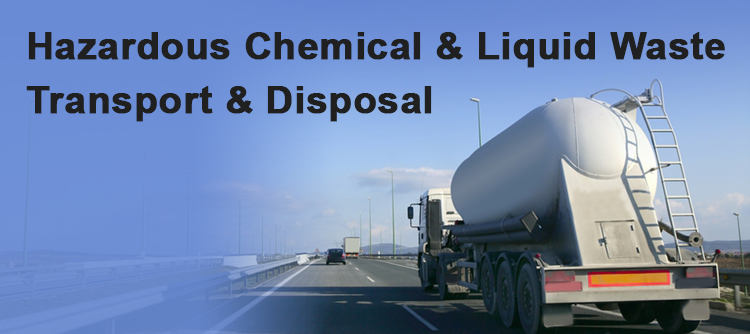Top Liquid Waste Disposal Melbourne: Trusted Services for Proper Waste Management
Top Liquid Waste Disposal Melbourne: Trusted Services for Proper Waste Management
Blog Article
Exactly How Fluid Waste Disposal Functions: A Detailed Review of Techniques and Technologies Utilized

Introduction of Fluid Waste Kind
The intricacy of liquid waste kinds requires a detailed understanding of their features and implications for disposal. Fluid waste can extensively be classified right into numerous kinds, consisting of industrial, local, farming, and hazardous waste. Each group shows unique properties, needing details monitoring methods to minimize ecological and health risks.
Industrial fluid waste originates from making processes and frequently consists of a series of pollutants, such as heavy metals, solvents, and natural substances. Metropolitan fluid waste, largely making up wastewater from households and commercial facilities, consists of organic matter, nutrients, and microorganisms (industrial wastewater treatment). Agricultural fluid waste, including drainage from farms, may include plant foods, chemicals, and animal waste, posturing dangers to water high quality and ecosystems
Harmful liquid waste is defined by its toxicity, sensitivity, or potential to cause harm. Understanding these diverse liquid waste types is crucial for establishing efficient disposal methods and ensuring conformity with ecological policies.
Physical Treatment Methods

Testing is the first action, where larger fragments and debris are eliminated from the liquid waste using displays or grates. In sedimentation containers, much heavier bits settle at the base, developing a sludge layer, while the made clear liquid can be further dealt with.
Filtration is another vital approach that involves passing the liquid via porous products, such as sand or membranes, to capture smaller fragments. This action enhances the high quality of the fluid, making it ideal for succeeding treatment processes.

Chemical Therapy Techniques
Chemical treatment techniques are important for properly taking care of fluid waste, especially in attending to dissolved and colloidal contaminants that physical techniques may not effectively get rid of. These strategies make use of various chemical representatives to counteract, precipitate, or transform dangerous materials into much less unsafe kinds.
One common technique is coagulation and flocculation, where chemicals such as alum or ferric chloride are included in promote the gathering of suspended fragments. This process boosts sedimentation, allowing for much easier removal of the resulting sludge. Additionally, oxidation procedures, utilizing representatives like chlorine or ozone, are employed to break down complicated natural compounds and virus, making the waste safer for discharge or further treatment.
Neutralization is another critical strategy, which adjusts the pH of acidic or alkaline waste streams to neutral levels, avoiding possible damage to downstream systems and the setting. Furthermore, advanced oxidation processes (AOPs) make use of mixes of oxidants and ultraviolet light to degrade consistent pollutants, attaining a higher degree of treatment efficiency.
Organic Treatment Procedures
Organic therapy procedures play an important function in the management of fluid waste by making use of microorganisms to disintegrate raw material and decrease impurity degrees. These procedures can be extensively categorized right into aerobic and anaerobic treatments, each using particular microbial neighborhoods to attain efficient waste degradation.
Cardio treatment involves the usage of oxygen to facilitate the breakdown of natural products by germs. This procedure is frequently applied in triggered sludge systems, where aeration containers give a helpful atmosphere for microbial development, bring about the oxidation of natural pollutants. The resultant biomass can be separated from treated effluent through sedimentation.
In comparison, anaerobic therapy occurs in the absence of oxygen, counting on different germs to break down natural matter. This method is especially beneficial for high-strength waste, as it creates biogas, an eco-friendly energy source, while minimizing sludge manufacturing. Technologies such as anaerobic digesters are regularly utilized in municipal and industrial applications.
Both cardiovascular and anaerobic biological treatments not just lessen the ecological influence of liquid waste yet additionally facilitate resource healing, making them crucial elements of lasting waste administration approaches. Their performance, performance, and versatility support their extensive implementation across various fields.
Arising Technologies in Disposal
Ingenious strategies to fluid waste disposal are quickly evolving, driven by improvements in innovation and an increasing emphasis on sustainability. Amongst these arising technologies, membrane bioreactors (MBRs) have actually acquired grip for their capacity to combine biological treatment hop over to these guys with membrane filtration, leading to top quality effluent that can be reused in numerous applications. MBRs allow smaller impacts and more efficient procedures contrasted to standard systems.
Another appealing growth is the usage of anaerobic food digestion combined with nutrient healing innovations, which not only treats fluid waste but additionally creates biogas and recoups useful nutrients like nitrogen and phosphorus. This double benefit enhances resource performance and lowers environmental effect.
In addition, advanced oxidation procedures (AOPs) are being embraced for the deterioration of complicated organic contaminants. These methods utilize powerful oxidants and stimulants to damage down contaminants at the molecular level, offering a highly effective option for tough waste streams.
Moreover, the combination of synthetic knowledge and artificial intelligence in waste monitoring systems is optimizing operational effectiveness and predictive upkeep, causing decreased prices and improved environmental conformity. These technologies mirror a substantial shift in the direction of even more reliable and sustainable fluid waste disposal techniques.
Final Thought
To conclude, effective fluid waste disposal necessitates a comprehensive understanding of numerous techniques and modern technologies. The integration of click here to find out more physical, chemical, and biological treatment approaches makes certain the reliable management of diverse waste kinds. In addition, the introduction of innovative modern technologies enhances treatment efficacy and promotes sustainability in waste administration techniques. By continuously progressing these approaches, it ends up being possible to resolve the growing challenges connected with liquid waste, inevitably adding to environmental management and source recuperation.
Fluid waste disposal is an essential element of ecological administration, requiring a detailed understanding of numerous strategies and technologies tailored to various waste types. Liquid waste can extensively be classified right into numerous kinds, including commercial, local, agricultural, and hazardous waste. Agricultural fluid waste, including overflow from farms, may include fertilizers, pesticides, and pet waste, posing threats to water quality her explanation and environments.
Different physical treatment methods play an important function in handling fluid waste effectively - industrial wastewater treatment.In verdict, reliable fluid waste disposal requires a comprehensive understanding of various strategies and modern technologies
Report this page